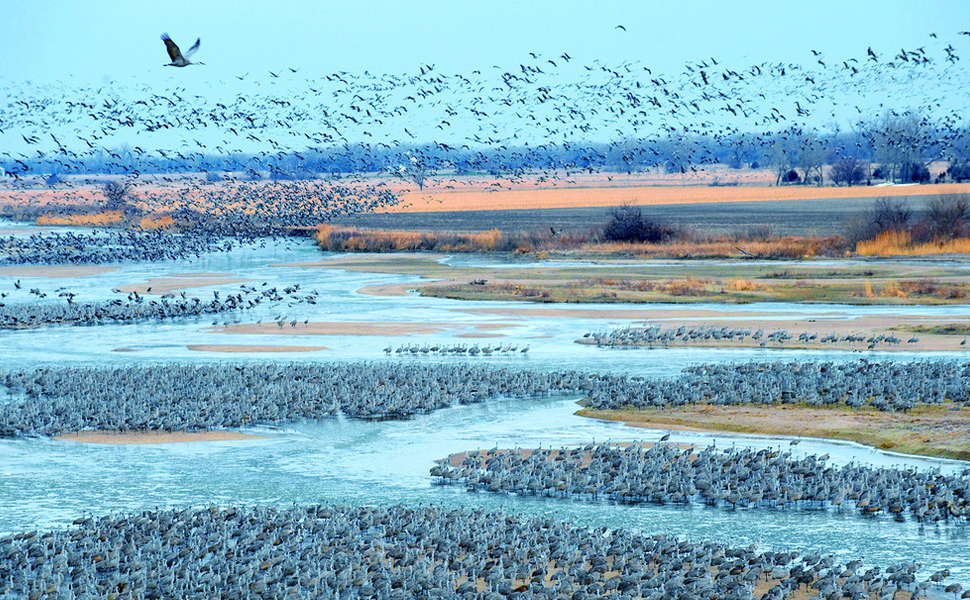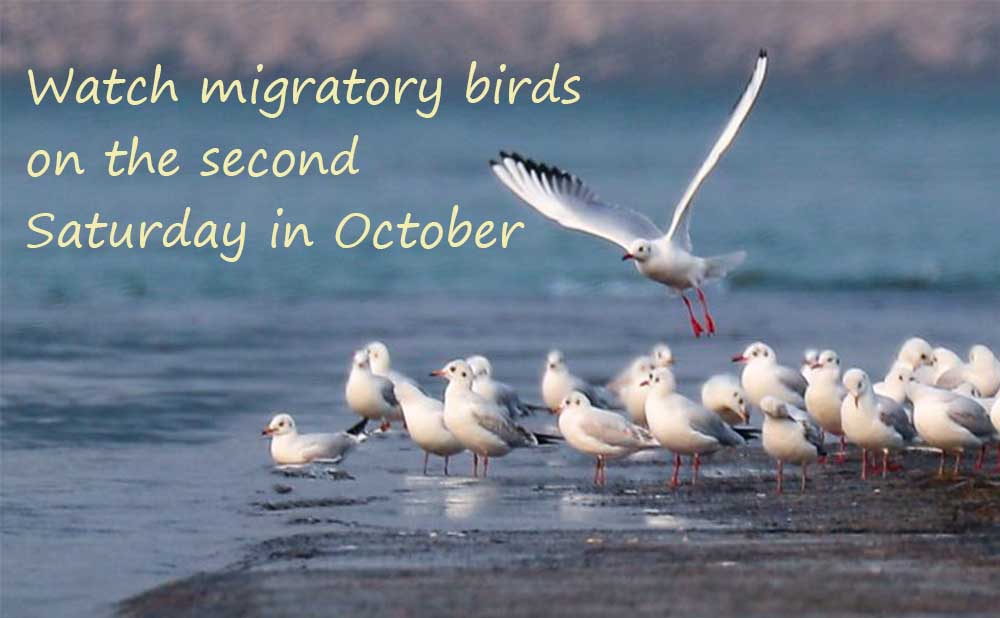What are you looking for?
The Journey of Migratory Birds - How Far Do They Cover
The Journey of Migratory Birds - How Far Do They Cover
- Posted by:Cindy
- 0 Comments

Every spring and early winter we witness the migration of migratory birds. It is also very important for us to pay attention to their living conditions. Immediately, we are about to usher in the first World Migratory Bird Day this year, on May 13th. In your mind, which is your favorite migratory bird? Let's feel the vitality of several migratory birds through their migration.
Ruby-throated hummingbird
It is one of the most common hummingbirds in North America and it is the only one seen regularly in the east, The males are aptly named for their vibrant strawberry-red gorget, set off by a contrasting white collar on the throat. Some of the ruby-throated northern hummingbirds fly to Central America for the winter, making them one of the smallest birds on long-distance migrations. When winter turns to spring, a large number of red-throated northern hummingbirds will bid farewell to the Yucatan Peninsula in Central America and return to their homeland in the eastern United States on the other side of the Gulf of Mexico. Although they are smaller than many butterflies, they can fly continuously for more than 20 hours and successfully reach the Florida Peninsula more than 1,000 kilometers away. After flying across such a vast ocean, the ruby-throated northern hummingbird loses more than one-third of its body weight, almost depleting the 2 grams of body fat.

Bar-headed goose
They breed in central Asia and then travel to the plains of the Indian subcontinent to spend the harsh winter. They migrate thousands of kilometers back and forth every year, crossing the towering Himalayas twice. This extreme flight is simply unimaginable that they will even jump to an altitude of more than 7,000 meters with the wind, thus becoming one of the highest-flying birds in the world. Their strong wings and well-developed respiratory system help them successfully conquer the highest mountains in the world.It is really amazing!

Bar-tailed Godwit
It is covered in fine markings and has a peculiarly long beak that is slightly upturned. They set off in March every year and fly along the western Pacific Ocean all the way to the Arctic Circle. After finishing off their offspring off the coast of Alaska, they fly again across the world's vastest ocean to spend the winter in the mild climate of New Zealand. The migration route of the Bar-tailed Godwit is almost equivalent to flying a full circle around the Pacific Ocean in a clockwise direction.

Swift
The body length of Swift is less than 20 cm, and its feathers are brown. With their narrow and powerful sickle-shaped wings, their average flight speed has reached 112 kilometers per hour, making them outstanding among more than 9,000 species of birds in the world. They are able to hunt flying insects in flight and skim lakes to drink water in flight. Only when they build nests to raise the next generation, will they, who love to fly, be able to stay on the ground. However, the common swift's feet have long evolved to be short and small, and it is almost impossible to stand and walk on flat ground, and can only be hung on tree branches or walls of houses.

Tens of billions of migratory birds fly across thousands of mountains and rivers year after year. Their great migration is not only an indispensable part of the ecological balance of the earth but also the most exciting life legend in nature!






